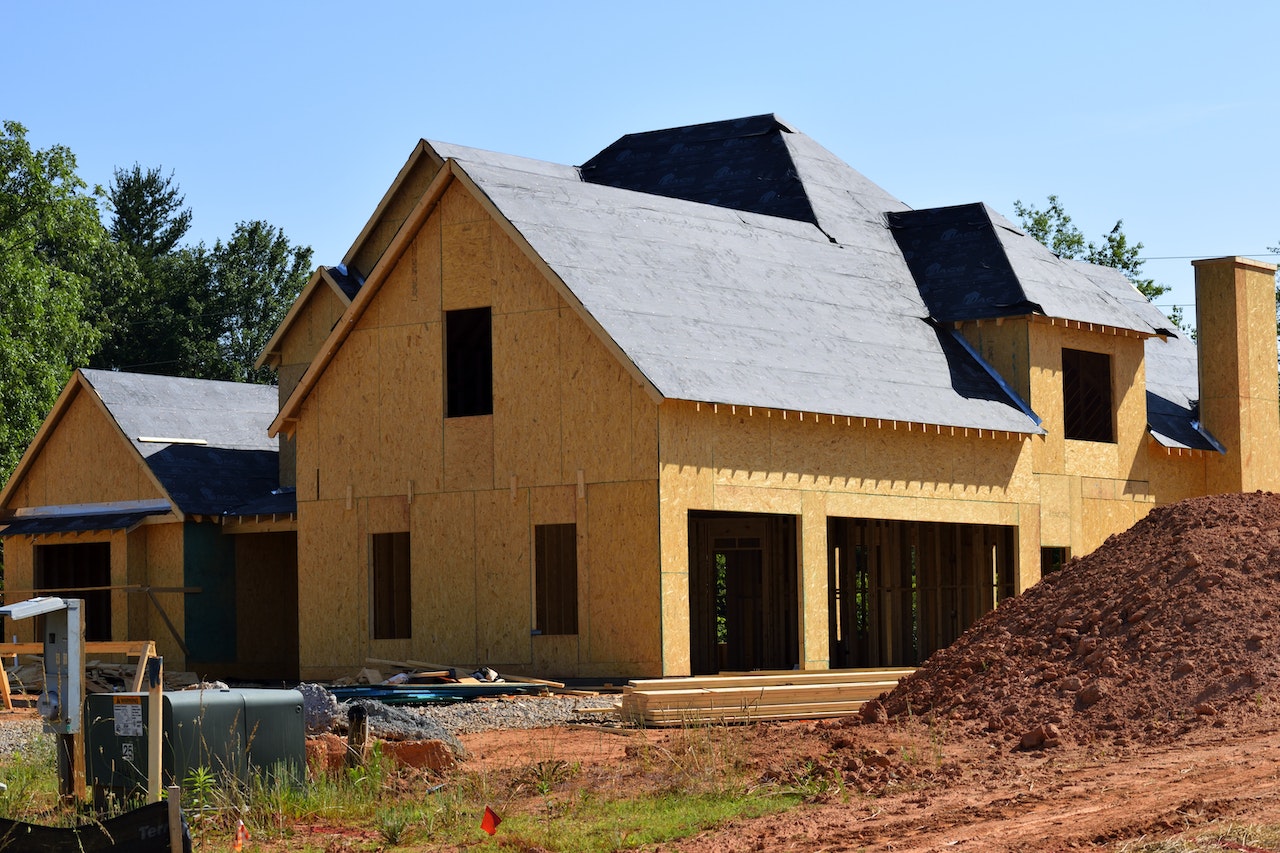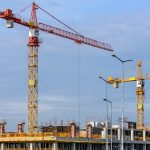Surety Bond Professionals is a family owned and operated bonding agency with over 30 years of experience. With access to a broad range of surety markets, our expert agents are ready to assist with all of your construction bond needs.
International Building Code (IBC) Categories
The five IBC categories identify the level of fire protection provided by five types of construction. The construction type chosen for a structure determines important parameters such as the building’s:
- Permissible uses
- Maximum occupancy
- Square footage
- Proximity to other structures
- Placement of windows and exits
- Fire resistance
- Need for sprinklers
Type I is the most stringent and Type V is the least stringent in terms of fire resistance. Additionally, each category is further designated as “A” or “B” for basic or enhanced protection.
Construction Types & Building Codes
Type I Construction
Type I buildings are made of fire resistive and non-combustible materials (concrete and steel) and are rated as being able to resist fire for 2-3 hours. In general, high-rise and high-occupancy buildings are construction type I-A.
- Type I-A provides enhanced protection against fire—3 hours for exterior walls and structural frame, 2 hours for floor/ceiling assemblies, and 1.5 hours for the roof.
- Type I-B, typically used for mid-rise office buildings, provides slightly less fire resistance—2 hours for exterior walls, structural frame, and ceiling/floor separation, and 1 hour for ceiling/roof assemblies.
Type II Construction
Type II construction is non-combustible. This type of construction often is used for commercial retail buildings. Like Type I buildings, Type II structures are made of concrete and steel.
- Type II-A Protected non-combustible construction provides 1-hour resistance against fire for exterior walls, structural frames, and floors, ceilings, and roofs.
- Type II-B buildings are made of non-combustible materials that provide no fire resistance. This is the most common construction type used in commercial buildings.
Type III Construction
Type III construction has exterior walls made of non-combustible materials such as brick, concrete block, masonry, precast concrete panels, or wood treated with a fire retardant. Roofs and interior walls may be wood-framed and consequently may be more likely to collapse in a fire. Type III is commonly referred to as “ordinary construction.”
- Type III-A protected combustible construction provides 2-hour fire resistance for exterior walls and 1-hour protection for the structural frame, floors, and ceilings.
- Type III-B unprotected combustible construction provides 2-hour fire resistance for exterior walls, but the structural frame, floors, ceilings, and roofs are not fire-resistant. Type III-B most often is found in older construction.
Type IV Construction
In Type IV construction, exterior walls may be made of non-rated materials, while framing and interior walls are made of heavy timber. To qualify as “heavy timber,” beams must have a minimum nominal thickness of 8 inches. Heavy timber often is laminated wood, which provides some fire resistance. It will burn, but more slowly than traditional wood-frame construction, which provides some time for occupants to escape and for sprinklers to kick in and suppress the fire.
Type IV construction is not designated as A or B. Exterior walls provide 2-hour fire resistance.
Type V Construction
Type V is wood frame construction. Structural elements and both exterior and interior walls can be made of any material allowed by the local building code. Type V construction is most commonly used for single-family homes.
- Type V-A, protected wood frame construction, has no exposed wood and is often used in the construction of multi-family homes. It provides 1-hour fire resistance for exterior walls, structural frame, floors, ceilings, and roof.
- Type V-B, unprotected wood frame construction, often has exposed wood and provides no fire resistance.
Significance to Contractors
Every jurisdiction has its own building code, a set of regulations modeled after the Internal Business Code, which is far more extensive and detailed than this description of construction types. And every jurisdiction requires a building permit for any construction project that could impact the safety and wellbeing of a structure’s occupants. Inspections are performed at certain points to ensure that work is done in accordance with the applicable regulations.
Building Bonding Capacity
Building a track record of successful projects and regulatory compliance is essential for establishing the bonding capacity to support a thriving construction business. Surety bond underwriters rely heavily on a construction bond applicant’s industry experience, financial strength, and stability to approve a bond and set the annual bond premium rate.
Call Us Today
Our surety bond professionals will help you grow your revenue by maximizing your surety capacity. Call us today!





